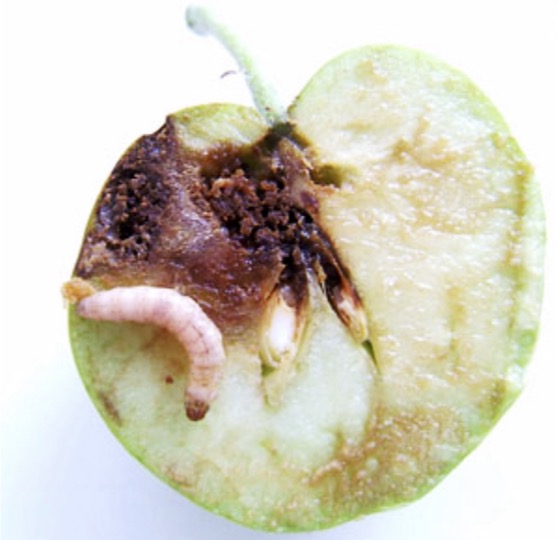HVRL Hazelnuts: Filbert Blight Resistant Hazelnut for a Sustainable, Agricultural Future?

Eastern Filbert Blight, Anisogramma anomola (EFB), a fungal disease, is native to a wide area in eastern North America. The organism, which infects and eventually kills hazelnut trees, has severely limited filbert production in the Eastern United States. Dr.Tom Molner has been the lead at Rutgers University hazelnut plant breeding program, studying the genetics of the pathogen and the hazelnut, traveling throughout the world to obtain trees with excellent nut qualities, resistant to EFB.
His hazelnuts are the fruit of more than 20 years of research, that show promising qualities of size, flavor, color, processing quality and storability. They’ve successfully cultivated four varieties of hazelnuts that produced excellent yield last season, making them available for research sites this season.
The Hudson Valley Research Laboratory, along with a host of tree nut growers in NJ, NY and PA, have started to plant their first pollinizers of Filbert Blight resistant hazelnuts this fall. Research in the Hudson Valley will provide Dr. Molner with data from the region on cold hardiness, pollinizer compatibility, plant architecture, nut quality and yields. Our role also includes the impact of the brown marmorated stink bug on nut quality.
“Were growing a crop that’s healthy for the environment and if consumed in the right way is very healthy for people,” Molnar said. The demand for fresh hazelnuts is huge. “We have a lot of excitement in the farm community for it,” Molnar said.